Insights
How to Build a Community Around Your Brand: Lessons from Successful Campaigns

Key Takeaways
- Community members convert 2-5x faster than traditional audiences - Stop wasting money on one-way advertising and start a Discord server this week
- Micro-communities (<500 people) outperform mega-forums - Gen Z doesn't trust mass social feeds anymore, so segment your email list into interest groups
- AI can handle 60-70% of community moderation - You don't need a massive team to start, try Bevy's free tier for basic automation
- Token-gating is moving from hype to utility - NFTs work when they unlock real value, create member-only content areas
- Live digital events drive massive engagement - Chipotle saw their biggest digital order day ever from one Roblox game, host a monthly AMA session
Why community beats traditional marketing (and the numbers prove it)
Ever wonder why some brands have customers who'd literally tattoo their logo while others struggle to get a retweet? The answer's pretty simple - one group built a community, the other just built an audience.
Look at Liquid Death. They turned water into a $1.4 billion cult brand. How? By letting their fans run wild with the brand. They spend less than 5% of revenue on paid media, yet their community creates stunts, memes, and merch ideas that spread like wildfire. That's not marketing - thats a movement.
Here's what the data shows about community-led growth versus traditional marketing:
- Community members convert 2-5x faster
- They spend 20% more per purchase
- Support costs drop by up to 33% when self-service knowledge hubs are in place
B2B SaaS companies are seeing similar results. Notion reached 30 million users largely through 11,000+ volunteer-run meetups and template-sharing communities. Their community members become product evangelists, creating tutorials, templates, and bringing in new users without any ad spend.
The shift from audience marketing to community-led growth isn't just a trend - it's a fundamental change in how brands grow. Traditional growth marketing strategies still have their place, but they work best when paired with genuine community building.
Think about it: would you rather have 10,000 followers who scroll past your posts, or 1,000 community members who show up to every event, create content about your brand, and bring their friends? The math isnt hard.
The shift from mega-forums to micro-communities
Remember when brands thought bigger was always better? Yeah, that's dead now. Gen Z doesn't trust mass social feeds - they're gathering in what researchers call "digital campfires". Private Discord channels, niche subreddits, WhatsApp groups with 50 people max.
LEGO figured this out early. Instead of one massive forum, they created LEGO Ideas with challenge-specific rooms. In just the first half of 2025, over 57 fan-designed sets hit the 10,000 supporter threshold. That's not engagement - that's a product development pipeline powered by superfans.
Here's how mega-forums stack up against micro-communities:
Mega-Forums characteristics:
- 10,000+ members
- Low engagement (2-5%)
- Generic discussions
- Company moderators
- Lurkers dominate
Micro-Communities characteristics:
- Under 500 members
- High engagement (30-50%)
- Hyper-specific topics
- Peer-led moderation
- Active participation expected
The playbook's straightforward:
- Map out customer affinities (what else do they care about?)
- Spin up small spaces for each micro-topic
- Appoint certified community members as moderators
- Reward participation with early access to features
Many brands discover their massive Facebook groups or forums have become ghost towns. A 50,000-member group with 0.5% engagement is less valuable than twenty 500-member Discord servers with 35% engagement. The key is breaking down by use cases, skill levels, geographic regions, or specific interests.
Smart digital strategy means going where your customers already hang out, not trying to drag them to your chosen platform. And increasingly, that means smaller, more intimate spaces.
AI tools that actually make community management possible
Let's be real - community management used to be a nightmare. Moderating thousands of messages, onboarding new members, summarizing discussions... it was a full-time job for a whole team. Not anymore.
AI copilots now handle 60-70% of the grunt work. Nextdoor's "Faves" bot personalizes local threads using a decade of data. Early tests? Spam visibility dropped by 40%. That's not just efficiency - thats a better experience for everyone.
Here's the tool stack that's actually working in 2025:
- Bevy's Smart Assist: Handles routine moderation and FAQ responses
- Mighty Networks' AI composer: Creates discussion prompts based on community activity
- ScoutOS no-code agents: Keep reply times under 30 minutes at scale
But here's the catch - you gotta be transparent about it. Nobody likes finding out they've been chatting with a bot for 20 minutes. The European Council warns that opaque AI moderation creates real rights risks. So be upfront: "This is our AI helper, but real humans are always available."
Common AI copilot use cases for communities:
- Welcome messages with personalized recommendations based on member profiles
- Answering frequently asked questions instantly
- Flagging posts that need human moderator attention
- Creating weekly discussion topics based on trending conversations
- Summarizing long threads for easy catching up
- Translating messages for global communities
Result? Human community managers can focus on building relationships, resolving complex issues, and strategic planning instead of repetitive tasks. Artificial intelligence solutions like these aren't replacing human connection - they're making more of it possible.
Token-gated memberships: from hype to actual utility
Remember when every brand was launching an NFT collection in 2022? Most crashed and burned. But the smart ones learned something valuable - tokens work when they unlock real utility, not just JPEG speculation.
Nike's .SWOOSH gets it right. Their NFT holders can:
- Wear digital sneakers in games (actual utility!)
- Enter exclusive design contests
- Access limited physical drops
With 330,000+ registered wallets, they've built a bridge between digital and physical brand experiences.
Successful token-gating models:
- Utility NFTs: Nike .SWOOSH provides wearables and IRL drops
- Access passes: VeeFriends offers real events and mentorship
- Creator tools: Async Art lets holders modify collaborative artworks
Failed approaches to avoid:
- Random celebrity cash grabs with no utility
- Complex tokenomics before proving basic engagement
- Speculation-focused launches without long-term value
The lesson from Starbucks Odyssey's failure is brutal but important. Great concept - blend stamps with perks, create tradeable rewards. But the wallet setup took over 60 seconds. They shuttered it in March 2024. Friction kills adoption, period.
If you're thinking about token-gating:
- Start with utility, not speculation
- Make wallet setup invisible (under 10 seconds)
- Treat tokens as feature flags, not investments
- Always have a non-crypto alternative
Ecommerce platforms are starting to build this functionality natively. The days of complex custom implementations are ending - soon this'll be as easy as setting up a loyalty program.
Live events that convert lurkers into superfans
Here's something wild - Chipotle built a burrito-making game in Roblox. Sounds dumb? It got 1.1 million plays in 24 hours and drove their largest digital ordering day in history.
That's the power of meeting your audience where they already play. Figma runs Config watch parties on Discord. Over 70% of attendees stay active in the community 30 days later. These aren't webinars - they're experiences.
Quick wins for live digital events:
- Game integrations: Build mini-games on existing platforms
- Watch parties: Stream events with live community chat
- Build-alongs: Create something together in real-time
- Speed networking: Quick 1-on-1 matches for members
- Challenge competitions: Time-boxed creation contests
- Office hours: Regular expert Q&A sessions
- Demo days: Members showcase their projects
B2B software companies find success with "build-along" events where they code a demo app live while community members follow along and help each other. These events regularly see 200+ attendees with 85% completion rates, plus they generate qualified leads from the connections made during collaborative troubleshooting.
Your brand strategy should include at least one live digital experience per quarter. Start small - even a 30-minute AMA can create more engagement than months of static posts.
IRL touchpoints: why digital-only communities fail
Plot twist - the most engaged online communities have strong offline components. Run clubs, sauna socials, pottery classes... micro-community hosts are the new influencers.
Think about it. You can get a thousand likes on a post, but nothing beats the connection of sweating through a 5K together or sharing a meal. Brands partnering with these IRL facilitators earn "quality time" metrics that digital cant match.
Examples crushing the IRL game:
- Nike Run Club: Free weekly runs in every major city
- Glossier: Pop-up experiences that feel like hangouts
- Patagonia: Trail cleanups that embody brand values
- Local coffee roasters: Cupping classes for enthusiasts
- Peloton: Studio rides that build local tribes
- REI: Outdoor classes teaching real skills
DTC brands are finding success sponsoring existing community gatherings rather than creating their own. A supplements brand sponsoring post-workout smoothies at local gyms, a productivity app providing coffee for coworking spaces, a fashion brand supporting art gallery openings - these authentic touchpoints generate more lifetime value than purely digital engagement.
The formula:
- Find where your community already gathers IRL
- Add value without taking over
- Let members lead the experience
- Document and share with the digital community
Quality brand and identity design extends beyond pixels. The best brand communities exist in both digital and physical spaces, each reinforcing the other.
Your 90-day community launch playbook
Alright, you're sold on community. Now what? Here's exactly how to launch in 90 days without losing your mind.
Days 1-30: Foundation
- Pull your CRM data and segment into micro-tribes
- Pick your platform (Discord for real-time, Circle for evergreen)
- Create three access tiers: open → invite-only → superfan
- Write community guidelines (keep 'em under 500 words)
Days 31-60: Activation
- Launch with 50 hand-picked members
- Run your first live event (keep it simple!)
- Deploy basic AI for FAQs and welcomes
- Start tracking: daily active contributors, time-to-first-post
Days 61-90: Scale
- Open to broader audience
- Launch first "creation challenge"
- Implement peer moderation system
- Publish first "you said, we did" update
Key metrics to track:
- Community Qualified Leads (CQLs)
- Support ticket deflection rate (target: 25%+)
- CQL to customer conversion (target: 15%+ in 30 days)
- Member-generated content volume
- Time to first value for new members
- Monthly active contributors vs. total members
The biggest mistake? Trying to do everything at once. Brands that launch with 15 different channels, complex token systems, and weekly events typically burn out in two months. Start small, nail the basics, then expand.
Your analytics expertise matters here. Set up tracking from day one - you can't improve what you dont measure.
Lessons from brands who got it wrong (and how to avoid their mistakes)
Let me save you some pain. Here's every community-building mistake that kills momentum.
The vanity metrics trapBrands love bragging about member counts. "We have 100,000 members!" Dig deeper and you'll often find 500 people doing all the talking. They're optimizing for the wrong number.
Fix: Track Daily Active Contributors (DAC), not total members. Better to have 1,000 engaged members than 100,000 ghosts.
Over-engineering web3Fashion brands spending $200K on custom blockchain solutions before proving basic engagement. Six months later? 50 active users and a very expensive lesson learned.
Fix: Prove engagement with free tools first. Add blockchain when members are begging for it.
The broadcast syndrome"Why isn't our community engaging?" Because you're using it as another broadcast channel! Nobody joins a community to be marketed at.
Fix: Follow the 70/20/10 rule:
- 70% peer-to-peer discussion
- 20% staff facilitation
- 10% brand announcements
Silo syndromeMarketing runs the Discord, customer success runs the forum, product has their own Slack... sound familiar? Members hate it.
Fix: Make community a P&L unit reporting to the CMO. Shared OKRs across departments.
Common failure modes and fixes:
- Too many channels → Start with 3 channels max
- Unclear purpose → Write a one-sentence mission
- No recognition system → Weekly shoutouts, simple badges
- Corporate tone → Let staff be human
- No onboarding flow → Create a clear first-week journey
- Ignoring feedback → Public response to all major suggestions
Conversion rate optimization principles apply to communities too. Every friction point loses members. Every unclear CTA kills engagement. Keep it simple.
Frequently asked questions
How much budget do I need to start a brand community?You can start for under $300/month using free platforms and basic automation. Most successful communities begin with sweat equity, not big budgets. Focus on finding your first 100 true fans before scaling tools and teams.
Should we build on Discord, Slack, or something else?Depends on your audience. Discord works for B2C and younger demographics who expect real-time chat. Slack suits B2B audiences already using it for work. Circle or Discourse are better for evergreen content and slower-paced discussions. Don't overthink it - you can always migrate later.
How long before we see ROI from community building?Expect 3-6 months to build momentum, 6-12 months for measurable business impact. Communities compound - they start slow but accelerate. Track leading indicators like engagement rate and member-generated content before revenue metrics kick in.
What team structure do we need?Start with one dedicated community manager (could be part-time) plus executive sponsorship. As you grow, add specialized roles: content creation, event planning, member success. Avoid committee management - communities need decisive leadership.
How do we handle negative feedback or trolls?Transparency wins. Address legitimate concerns publicly, showing you're listening. For trolls, swift action - one warning, then ban. Your community guidelines should be crystal clear about acceptable behavior. Good moderation protects the experience for everyone else.
Can we integrate community with our existing marketing stack?Absolutely. Most modern community platforms integrate with HubSpot, Salesforce, and analytics tools. Track community-attributed revenue just like any other channel. Check out Magnet's approach to integrated marketing systems.
What if our industry seems "boring" for community building?B2B software, insurance, industrial supplies... thriving communities exist in every "boring" industry. The key? Focus on the job your customers are trying to do, not your product. Create spaces for professional development, peer learning, and industry connections.

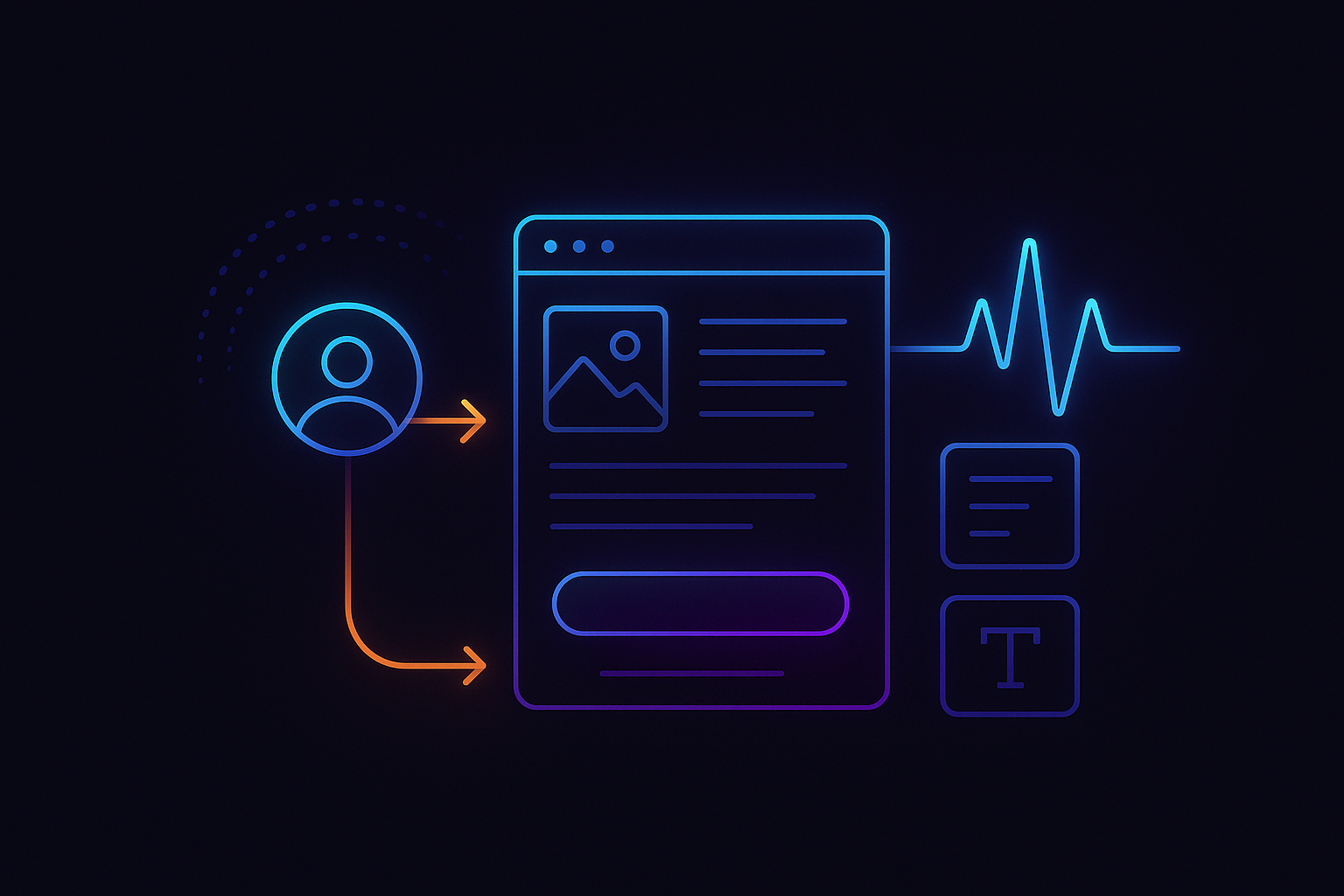
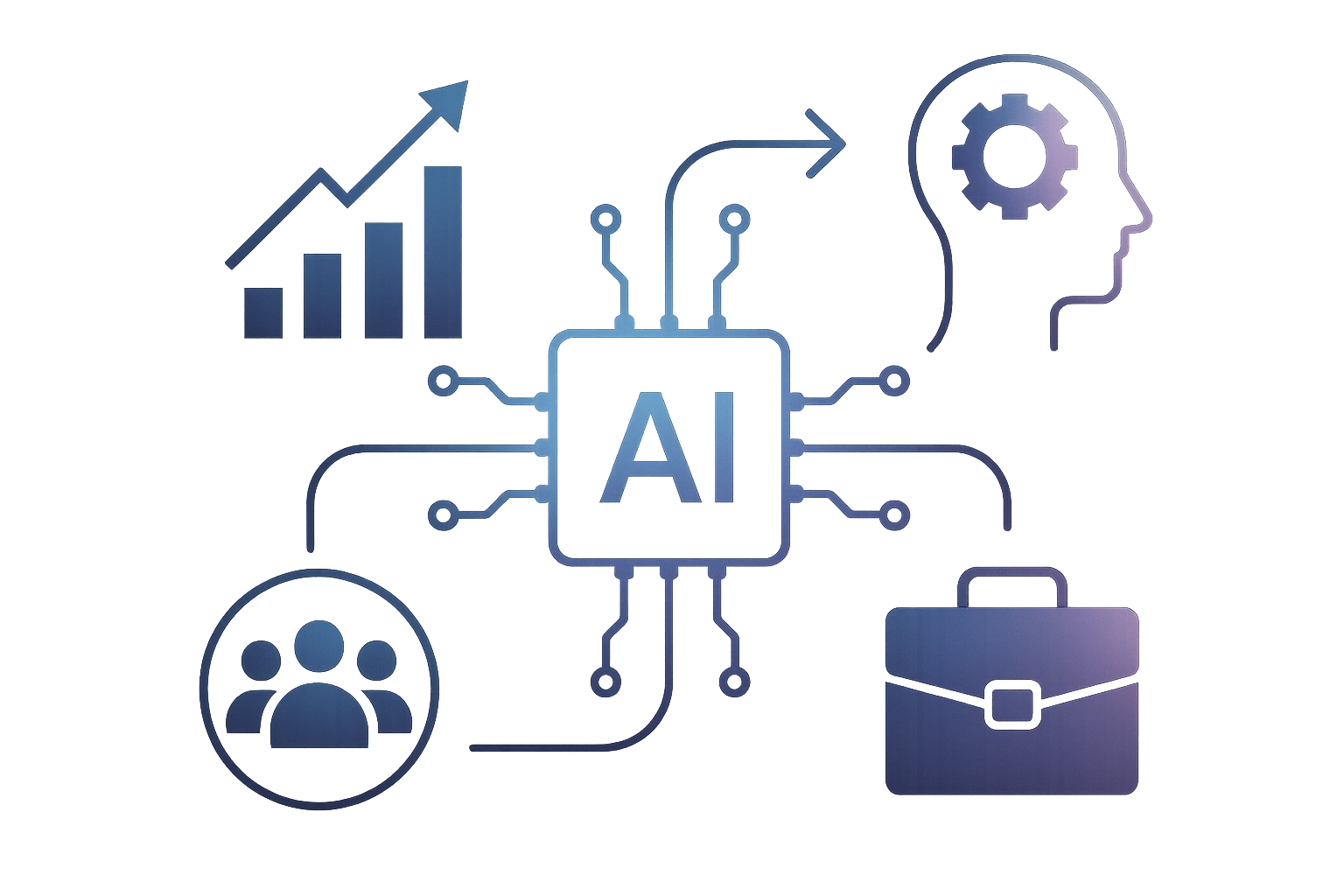


















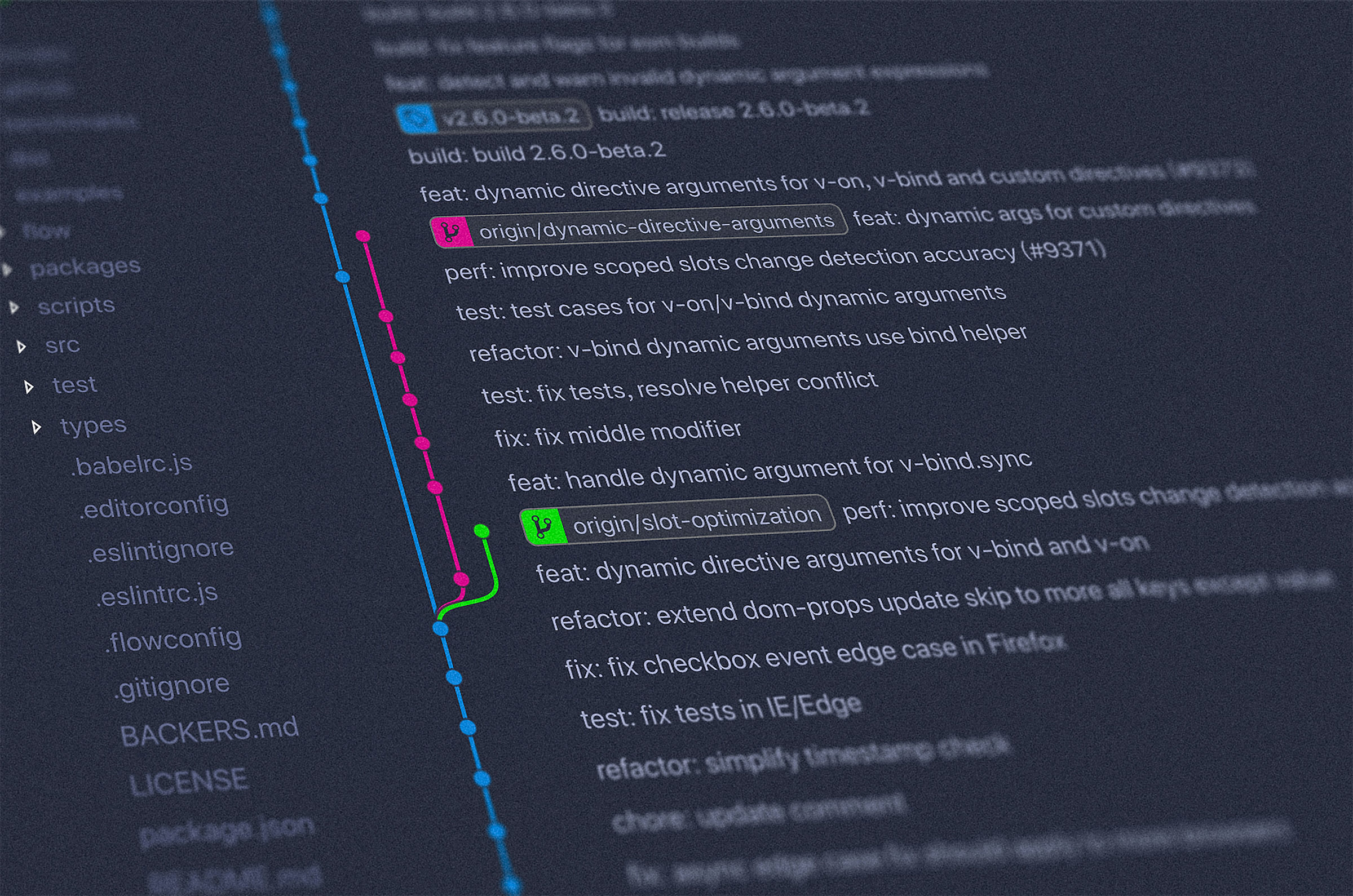






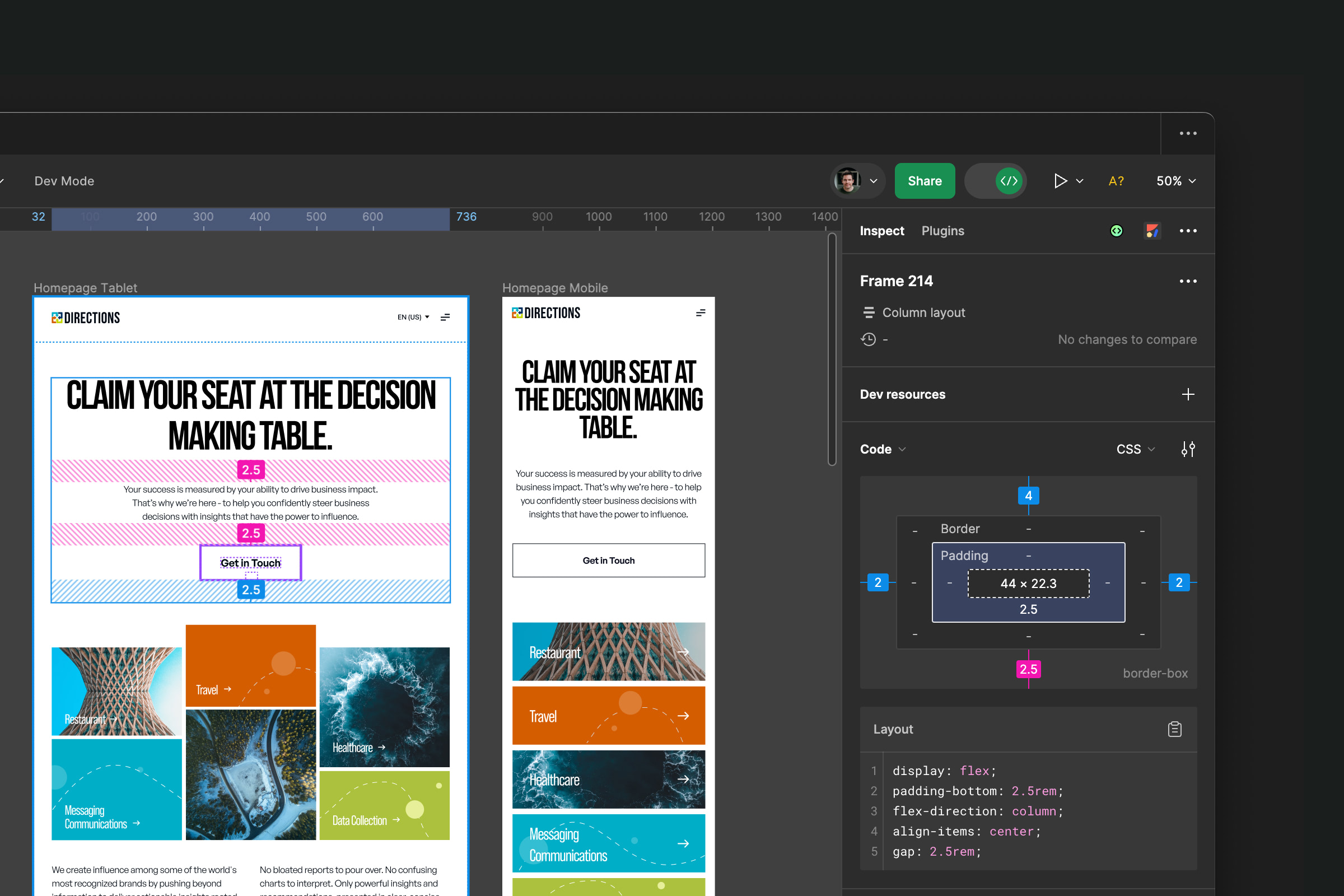
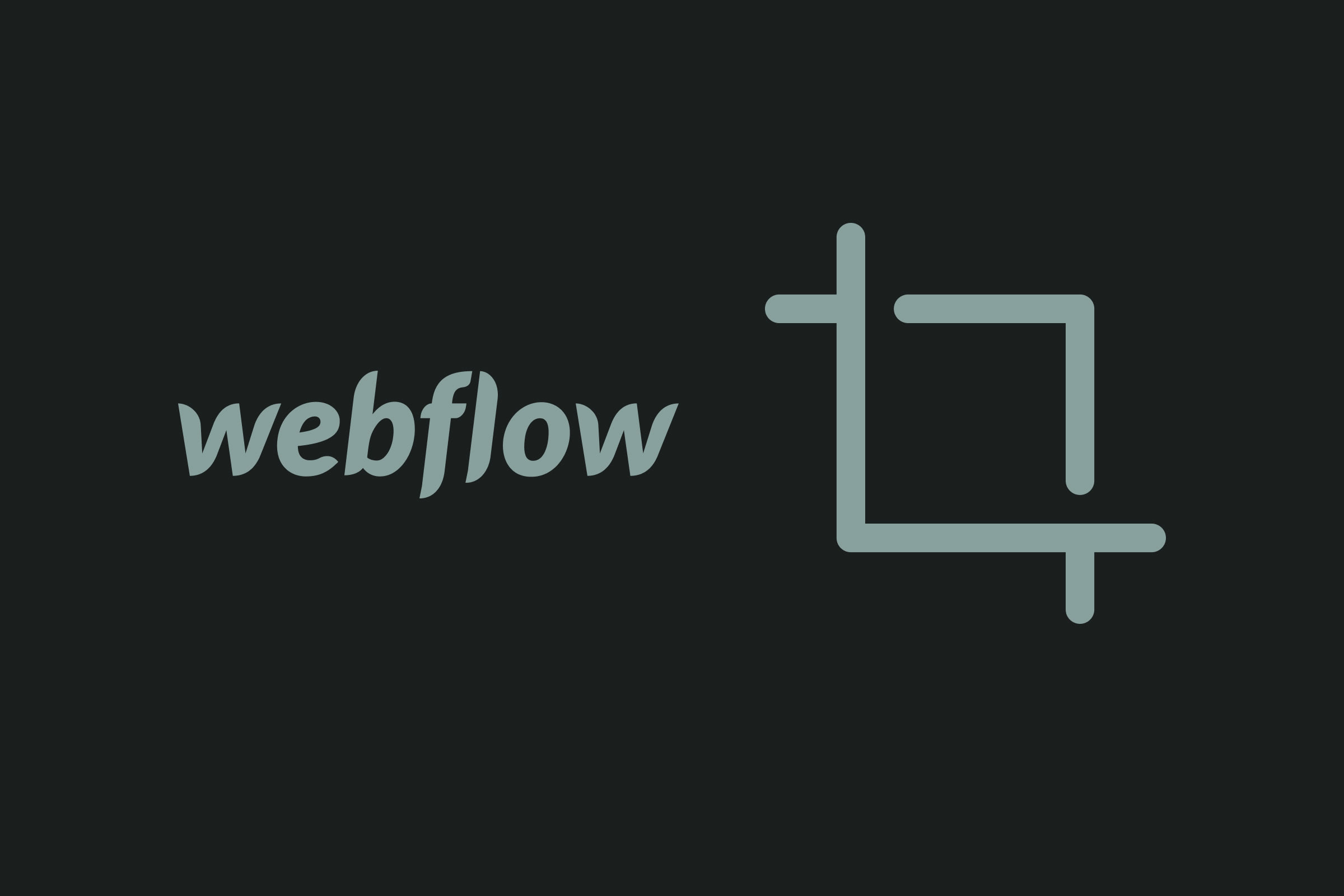





.jpeg)




.jpg)

.jpg)



.jpg)
